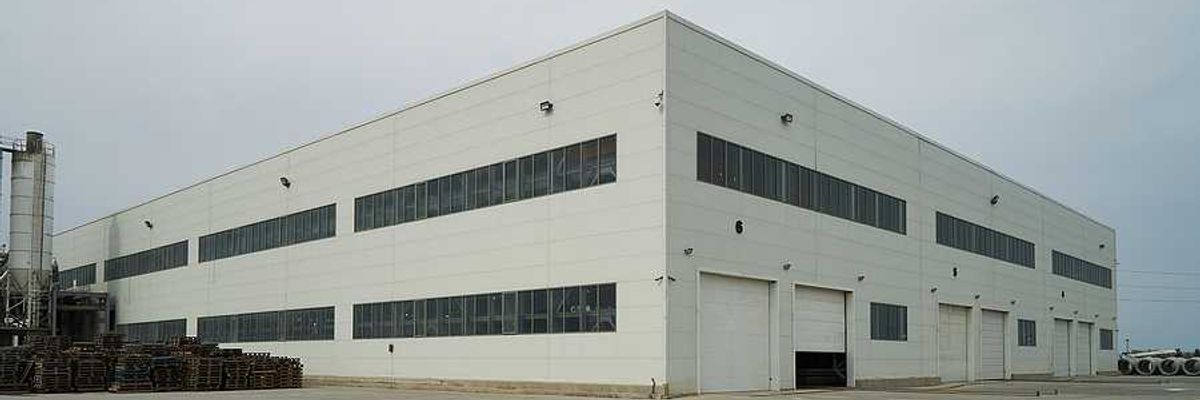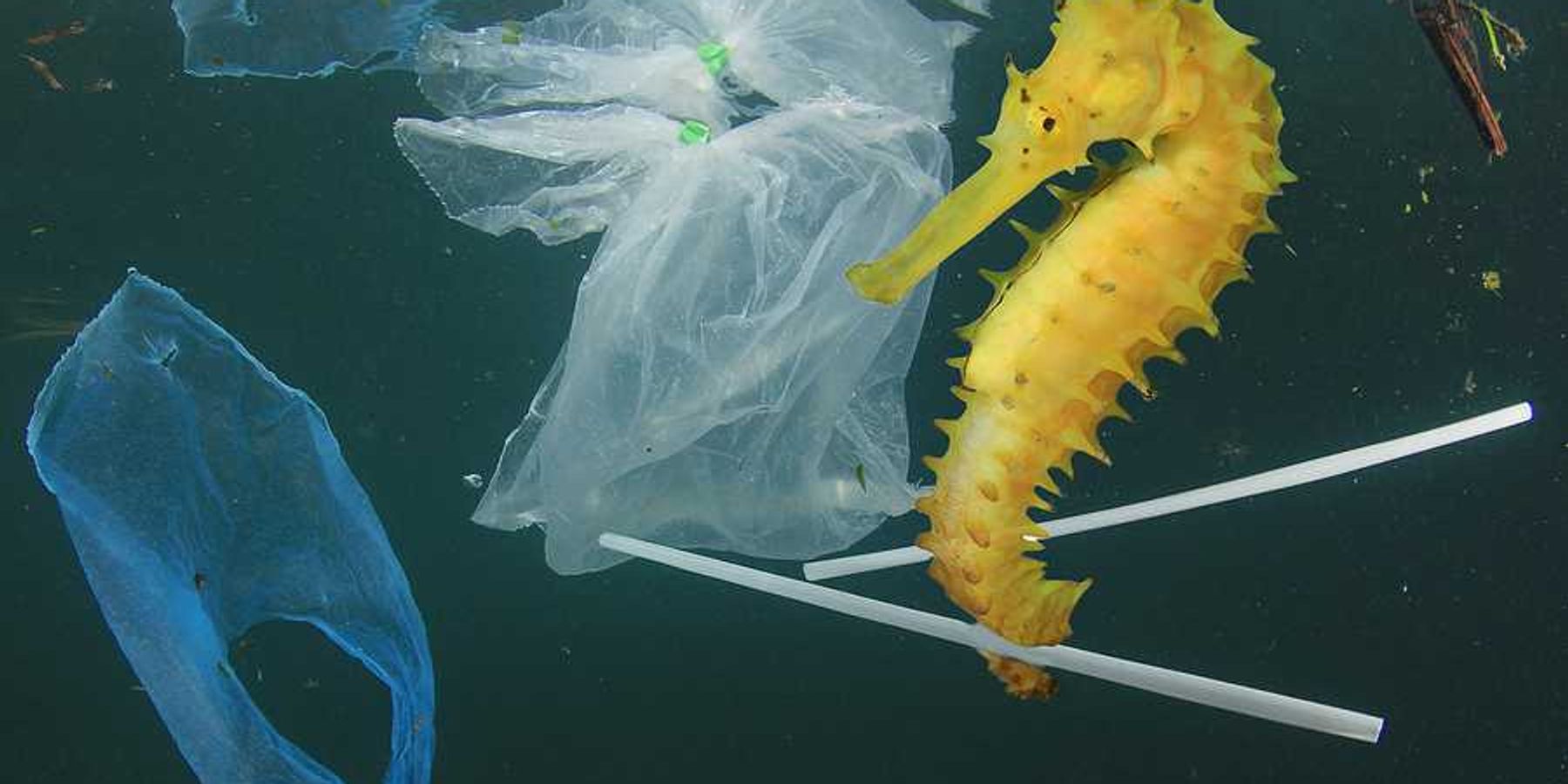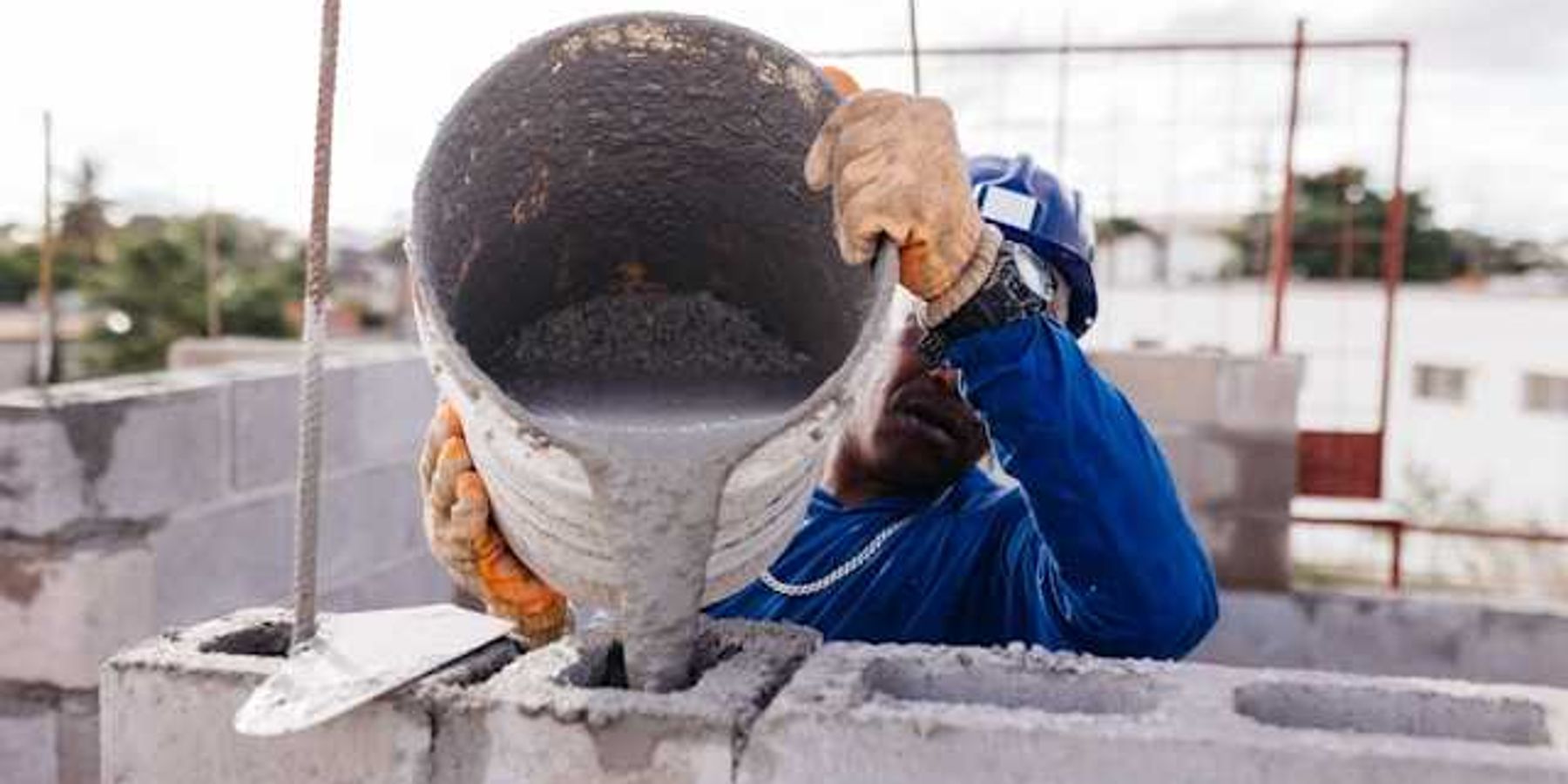antidepressants
Climate change, boundless development, fuel spills pose dangers to St. Lawrence River.
Quebec City Mayor Régis Labeaume says he gets “the chills” when he recalls incidents that have threatened his city’s drinking water supply.
Quebec City Mayor Régis Labeaume says he gets “the chills” when he recalls incidents that have threatened his city’s drinking water supply, because they remind him of the vulnerability of Quebec’s rivers and waterways and the terrible burden of responsibility on municipal leaders to ensure safe drinking water.
Labeaume was addressing the AquaHacking 2016 Summit Thursday at Montreal’s Palais des Congrès, an annual conference gathering several hundred water experts, technological experts, decision-makers and citizens to find solutions for protecting waterways, with a focus this year on protecting the St. Lawrence River.
He spoke of severe droughts that lowered water levels significantly in 2002 and 2010, the rail disaster in July 2013 in Lac-Mégantic, when officials initially worried the spilled crude oil might reach waterways that feed his city’s water intakes. He also mentioned an accidental fuel spill in the winter of 2008 that caused an “internal state of emergency” at city hall but was not made public at the time.
He said a tanker truck carrying fuel overturned on Talbot Blvd., and the fuel was making its way toward the city’s principal drinking water intake point on the Charles River.
“We declared a state of emergency internally at the city, we were communicating with all the major water producers across Quebec and Canada to be able to provide water,” in case the water intake was contaminated. The fuel dissipated before it reached the water intake point, Labeaume said. “But it was a serious crisis, of which we did not really inform the population, but I know what I went through and it reminds me the potential danger is there.”
“Episodes like that give us the chills, and remind us of our vulnerability,” he said.
Both Labeaume and Montreal Mayor Denis Coderre told the conference of their administrations’ significant investments in repairing aging water infrastructure.
Coderre also spoke of his controversial decision a year ago to close down for repair a major sewer interceptor in the southeast sector of the city, that drew criticism from the federal government at the time. Coderre said he believes the whole incident served to raise public awareness of the importance of water management.
“That work allowed us to ensure the proper functioning of our water purifying network and to improve its performance to reduce the (sewage) overflows into the river. To do that we had to proceed with a planned spill of waste water into the river. In retrospect, that episode had the effect of raising the public’s awareness of the importance of protecting our waterways and of having effective infrastructure in place.”
He spoke of Montreal’s investment in water conservation programs, awareness programs, biodiversity and wetlands protection, re-naturalization of streams and creeks, and efforts to control industrial emissions. He also spoke of the city’s plan to reclaim and restore its shores through public beach projects.
He mentioned the planned ozone disinfection station, which in 2018, will begin to eliminate from waste water most bacteria and viruses, and pharmaceutical products, such as antidepressants and hormone medications, that are currently present in processed water after it leaves the city’s purification plants and flows back into the river.
He also spoke of the city’s efforts to plan for the impact of climate change. Scientists predict intensity and quantity of rainfall will increase by 10 to 20 per cent in Quebec between 2040 and 2070. Montreal is building water retention reservoirs, and taking other measures to cope with this phenomenon.
Professor William Rees, an ecological economist and professor emeritus of the University of British Columbia, gave a keynote speech attacking the “perpetual growth myth” — that the economy can grow infinitely and this will benefit humanity — and outlining how fossil fuel-powered growth is driving climate change.
“We have become a parasite on the planet. We are growing by consuming the host. Now any economist should recognize that growth provides benefits, but the benefits, the marginal utility of growth, declines over time. In the meantime the costs are increasing, the costs of pollution, soil erosion, depletion…As those costs increase, the benefits continue to decline until you reach a futility limit. So when you are planning the St. Lawrence, keep in mind that there is an optimal scale of development, and contrary to conventional wisdom, there is an inevitable conflict between the material growth of the economy and the preservation of nature.”
The AquaHacking initiative is financed by the de Gaspé Beaubien Foundation. For more information go to www.aquahacking.com
mlalonde@postmedia.com
Our water is full of drugs and we don't know their effects.
Water reuse means we are all consuming a cocktail of other people's leftover medicines. In other words, pick up a glass, fill it from the tap and take a sip. You have just had a tiny dose of the pill your neighbour took days before. But measuring impacts is almost impossible.
By Anthony King
PICK up a glass, fill it from the tap and take a sip. You have just had a tiny dose of the pill your neighbour took days before.
Excreted and flushed through our sewage works and waterways, drug molecules are all around us. A recent analysis of streams in the US detected an entire pharmacy: diabetic meds, muscle relaxants, opioids, antibiotics, antidepressants and more. Drugs have even been found in crops irrigated by treated waste water.
The amounts that end up in your glass are minuscule, and won’t lay you low tomorrow. However, someone prescribed multiple drugs is more likely to experience side effects, and risks rise exponentially with each drug taken by a person over 65. So could tiny doses of dozens of drugs have an impact on your health?
“We don’t know what it means if you have a lifelong uptake of drugs at very low concentrations,” says Klaus Kümmerer at the University of Lüneburg, Germany.
“These drugs have been individually approved, but we haven’t studied what it means when they’re together in the same soup,” says Mae Wu at the National Resources Defense Council, a US advocacy group.
Learn from history
Thirty years ago, no one paid attention to endocrine disruptors, artificial chemicals found in a variety of materials. These environmental contaminants are now linked to breast cancer and abnormal development in children. The cocktail in our water involves many more compounds, so this time we can’t afford to wait for negative effects to emerge.
The issue of drugs in our water came to a head earlier this year when researchers were taken aback by the discovery of some drug residues in crops irrigated with treated waste water in Israel (Environmental Science & Technology, doi.org/bqdd).
To see if these residues passed into the body, Benny Chefetz at the Hebrew University of Jerusalem and his colleagues focused on an epilepsy drug called carbamazepine, which they detected in cucumbers, lettuce and other produce. Volunteers who consumed an irrigated crop had a dramatic spike in the drug’s levels in their urine, which took over a week to clear. Those who ate crops irrigated by fresh water saw no effect. “This was a big surprise,” says Chefetz, who plans to study at-risk groups such as pregnant women and children.
We shouldn’t worry about an instant effect in healthy adults, says Chefetz, as the levels were 10,000 times lower than from a 400 milligram pill. “But we don’t know what will happen with small children exposed to low levels of pharmaceuticals for a generation,” he says, and it’s not practical or ethical to run a clinical trial. “There’s no data about that.”
Half of all irrigation water in Israel comes from recycled waste water, a process more countries are looking to use as water scarcities become more widespread. California plans to increase its use for crops in response to drought, for example. This suggests drug residues in our drinking water are set to rise. But fresh water isn’t immune either.
Paul Bradley of the US Geological Survey and his team checked streams in the eastern US for 108 chemicals, a drop in the bucket of the 3000 drug compounds in use. One river alone had 45. And even though two-thirds of the streams weren’t fed by treated waste water, 95 per cent of them had the anti-diabetic drug metformin, probably from street run-off or leaky sewage pipes (Environmental Science & Technology, doi.org/bqdb).
“The number of chemicals we are exposed to is very, very large, and we don’t understand those impacts,” says Bradley.
That’s perhaps unsurprising, given the level of drug use in the US (see “We know what you took last summer“). Recent stats show one in five Americans had used three or more prescription drugs in the past 30 days.
Unknown cocktail
The big unknown is how these low-dose drug cocktails affect people. Usually, researchers assess risk by varying doses of one drug. They ask what dose causes a specific result, like mortality in a lab animal or signs of cancer. But you cannot assess multiple drugs in small doses over a long time period, says Kümmerer.
“Industry says we need sound science, but what does that mean?” he says. “If it’s a clear dose-effect relation, then we cannot establish this.”
“We’ve got hundreds of chemicals circulating in our blood that our grandparents did not have,” says John Sumpter at Brunel University London. “We can test each of these chemicals in turn and not see any adverse effect, but I’m not sure the whole mixture doesn’t do anything.”
Something in the water
Some say the industry could do more. “Once drugs are on the market, they claim they have no responsibility,” says Chefetz. Bodies like the European Federation of Pharmaceutical Industries and Associations disagree. A spokesperson points to efforts like a collaboration within the Innovative Medicines Initiative to generate reliable ways of judging potential risk for pharmaceuticals.
Maybe we should accept we don’t know what is going on and take action to minimise the risks: a precautionary approach. There are two possible solutions.
One is to upgrade water treatment facilities. It’s an option Switzerland has gone for, but it isn’t cheap – it will cost the country over $1 billion. In England, it is estimated that just removing the hormone estradiol from sewage plants would cost billions of pounds.
“The public needs to decide if reducing these compounds is important enough to pay for,” says Bradley.
“We don’t know what it means if you have a lifelong uptake of drugs at very low concentrations“
Another issue is that treatment doesn’t remove all unwanted compounds and can transform some into new and unknown chemicals, says Kümmerer. He argued against the approach last week at the Risk Assessment of Pharmaceuticals in the Environment conference in Paris.
Instead, he is calling for greener pharmaceuticals that degrade readily in the environment.
Traditionally, pharma firms have focused on the stability of drugs, ensuring their products have a long shelf life. Kümmerer believes it’s time for a rethink. Existing drugs can be made to react and break down under conditions not found in the body, such as light or a specific pH. He has shown it’s possible to redesign drugs for heart disease so that they degrade faster in the environment (RSC Advances, doi.org/bqdg), though these molecules require testing before clinical use.
But if the companies won’t play ball, perhaps we need to hit them where it hurts – the bottom line. Drugs are assessed for their environmental impact but results cannot prevent them being sold. Doing so could shift thinking, but it is a big stick. Would blocking a cancer drug on environmental grounds really be acceptable?
Still, a ban could encourage firms to produce greener drugs. “This could create revenue for innovative companies,” says Kümmerer. It’s thought some are already active in this area, but keeping the research under their hats, says John Warner of the Warner Babcock Institute for Green Chemistry in Wilmington, Massachusetts.
“Drugs in the environment is a serious issue, but current regulations work against solving the problem by looking for stable drugs,” he says. “The fact you don’t hear about all these great things pharma is doing in this space doesn’t mean they are not doing it.”
However we decide to deal with the drugs in our water, the lessons of the endocrine disruptors suggest we should start soon, even in the face of uncertainty about their effects.
“This hasn’t been getting enough attention,” says Wu. “The problem hasn’t been getting better because we are just ignoring it.”
We know what you took last summer
Drugs in the water are so prevalent that you can actually tell who’s in town by analysing their waste.
Patrick Phillips at the US Geological Survey and his team wanted to find out if drug residues are caused by people flushing away unwanted pills.
His team decided to test the waste water before and after University of Vermont students, who make up at least 25 per cent of the town of Burlington, left for summer.
In a survey, students reported having leftover antibiotics, and birth control and pain medicines. The team collected samples at the town’s waste water treatment plant every 15 minutes to sniff out these and over 100 other compounds.
They found no evidence of pill dumping, but they did see a sharp increase in drug concentrations after the students vacated the town.
Clean living
The increased drugs were largely antidepressants, along with diabetes and ulcer meds. The college kids, it turned out, had been diluting the far druggier waste water of the older generation (Science of the Total Environment, doi.org/bqfm).
What’s more, concentrations of caffeine and cotinine (a metabolite of nicotine) had dropped off a cliff. “Some things never change,” says Phillips. “College is still coffee and cigarettes.” Sally Adee









